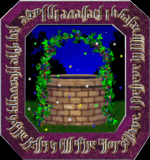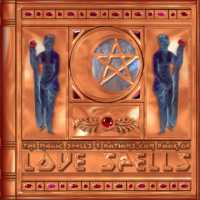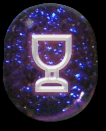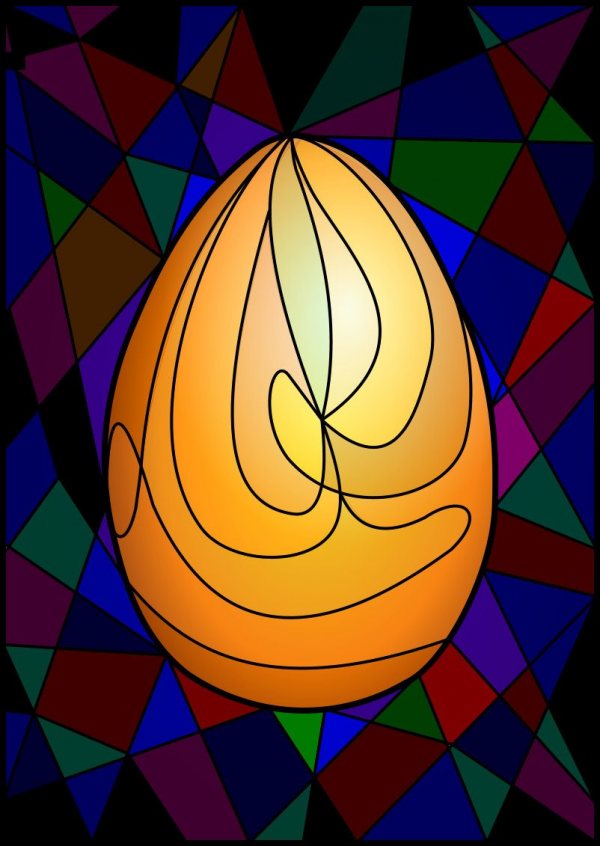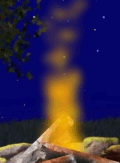Barberry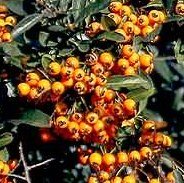
The Common Barberry (Berberis), which gives its name to a special order of plants, grows wild as a shrub in our English copses and hedges, particularly about Essex, being so called from Berberin, a pearl oyster, because the leaves are glossy like the inside of an oyster shell.
Added Jun 12, 2010
| 9,843 Reads
The Common Barberry (Berberis), which gives its name to a special order of plants, grows wild as a shrub in our English copses and hedges, particularly about Essex, being so called from Berberin, a pearl oyster, because the leaves are glossy like the inside of an oyster shell. Barberry is remarkable for the light colour of its bark, which is yellow inside, and for its three-forked spines. Provincially it is also termed Pipperidge-bush, from "pepin," a pip, and "rouge," red, as descriptive of its small scarlet juiceless fruit, of which the active chemical principles, as well as of the bark, are "berberin" and "oxyacanthin." The sparingly-produced juice of the berries is cooling and astringent. It was formerly held in high esteem by the Egyptians, when diluted as a drink, in pestilential fevers. The inner, yellow bark, which has been long believed to exercise a medicinal effect on the liver, because of its colour, is a true biliary purgative. An infusion of this bark, made with boiling water, is useful in jaundice from congestive liver, with furred tongue, lowness of spirits, and yellow complexion; also for swollen spleen from malarious exposure. A medicinal tincture is made of the root-branches and the root-bark, with spirit of wine; and if given three or four times a day in doses of five drops with one tablespoonful of cold water, it will admirably rouse the liver to healthy and more vigorous action. Conversely the tincture when of reduced strength will stay bilious diarrhoea. British farmers dislike the Barberry shrub because, when it grows in cornfields, the wheat near it is blighted, even to the distance of two or three hundred yards. This is because of a special fungus which is common to the Barberry, and being carried by the wind reproduces itself by its spores destructively on the ears of wheat, the AEcidium Berberidis, which generates Puccinia. Clusius setteth it down as a wonderful secret which he had from a friend, "that if the yellow bark of Barberry be steeped in white wine for three hours, and be afterwards drank, it will purge one very marvellously." The berries upon old Barberry shrubs are often stoneless, and this is the best fruit for preserving or for making the jelly. They contain malic and citric acids; and it is from these berries that the delicious confitures d'epine vinette, for which Rouen is famous, are commonly prepared. And the same berries are chosen in England to furnish the kernel for a very nice sugar-plum. The syrup of Barberries will make with water an excellent astringent gargle for raw, irritable sore throat; likewise the jelly gives famous relief for this catarrhal affection. It is prepared by boiling the berries, when ripe, with an equal weight of sugar, and then straining. For an attack of colic because of gravel in the kidneys, five drops of the tincture on sugar every five minutes will promptly relieve, as likewise when albumen is found by analysis in the urine. A noted modern nostrum belauds the virtues of the Barberry as specific against bile, heartburn, and the black jaundice, this being a remedy which was "discovered after infinite pains by one who had studied for thirty years by candle light for the good of his countrymen." In Gerard's time at the village of Ivor, near Colebrooke, most of the hedges consisted solely of Barberry bushes. The following is a good old receipt for making Barberry jam:—Pick the fruit from the stalks, and bake it in an earthen pan; then press it through a sieve with a wooden spoon. Having mixed equal weights of the prepared fruit, and of powdered sugar, put these together in pots, and cover the mixture up, setting them in a dry place, and having sifted some powdered sugar over the top of each pot. Among the Italians the Barberry bears the name of Holy Thorn, because thought to have formed part of the crown of thorns made for our Saviour.
Added Jun 12, 2010
| 9,843 Reads
Share The Magic ...
The GoE MONEY!!! Course - A Course In Real MONEY MAGIC!
|

